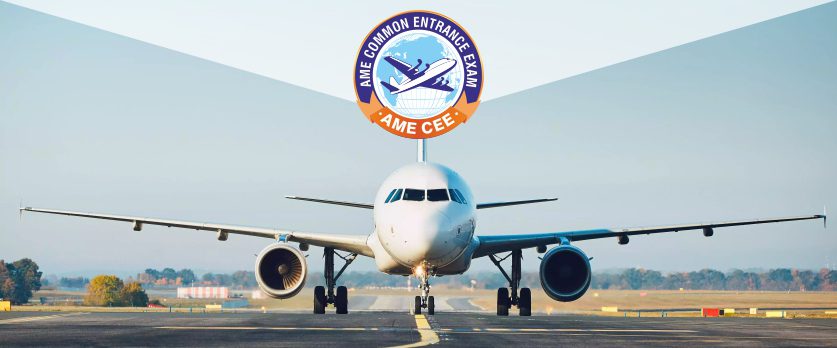What does the news say?
India will overtake the United States as the third-largest aviation market by 2020, according to a new report from CAPA – Centre for Aviation and air transport IT specialist SITA. The report also assesses whether India has the necessary infrastructure, investment, and regulatory framework to support this growth. In order to address the challenge of expansion, technology and new practises will be crucial, but the survey reveals that IT is not always regarded as a tool of strategic importance. The 2010 report expands on the collaborative “CAPA-SITA Report on Innovation and Technology: Possibilities for Transformation in Indian Aviation.” It offers an update on the IT environment in India’s aviation sector, identifies some of the difficulties in implementing cutting-edge technology across the sector, and offers some forecasts for the future. The study’s conclusions are based on first-person interviews with important players in the airline, airport, and ground handling industries as well as individuals working in air traffic control, customs, and immigration. All six major cities—Bangalore, Chennai, Delhi, Hyderabad, Kolkata, and Mumbai—are anticipated to have made plans for a second airport during the course of the next ten years, and Mumbai will need to start getting ready for a third. Several non-metropolitan areas will also outgrow their current infrastructure and need new airports, including Ahmedabad and Pune.
What are the prospects for investing in this industry?
The total amount of investment in the industry is anticipated to be USD 120 billion between 2004 and 2020, of which USD 80 billion will go towards aircraft, USD 30 billion will go towards airport infrastructure, and USD 10 billion will go towards ancillary services like ground handling, upkeep, air traffic management, security, and training.
What does the full name CAPA Consulting mean?
Around 30 years ago, CAPA – corrective and preventive actions – was established with the vision of ruling the world of aviation research. Since then, we’ve established a worldwide presence and a solid reputation for objectivity, knowledge, and integrity.
Is CAPA essential?
A repeatable Corrective and Preventive Action (CAPA) procedure is a crucial FDA requirement for medical device makers. Nonetheless, a lot of people fall short of truly satisfying this urge. The CAPA procedures must be a part of your QMS, according to the FDA QSR regulation, CFR Part 820.
A CAPA procedure is what?
An organisation can use the Corrective and Preventive Action (CAPA) process to analyse and gather pertinent product-related data, investigate and identify product and quality problems, and then launch appropriate and efficient corrective or preventive actions to solve a problem and stop it from happening again.
Conclusion
In order to successfully sustain this degree of expansion, a new transformative business model may be created with significant input from technology. To determine whether the aviation industry has acknowledged this, this report was started. IT used to be primarily internal-focused, supporting functions and procedures. But, it now allows for a deeper integration with the customer experience and the opportunity to customise and personalise the relationship with the passenger, starting with the planning and booking phase and continuing through airport facilitation, in-flight, baggage claim, and service recovery. If used properly, technology can bring simplicity and transparency.
To become an aircraft maintenance engineer you may could join AME engineering through AME COMMON ENTRANCE EXAM (AME CEE) this examination you may join AME engineering approved by DGCA, EASA or UGC.


